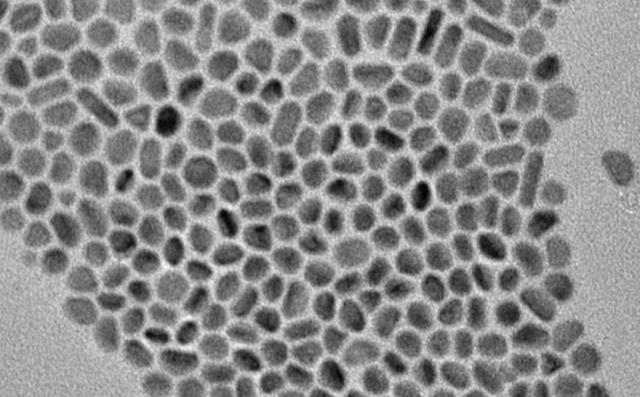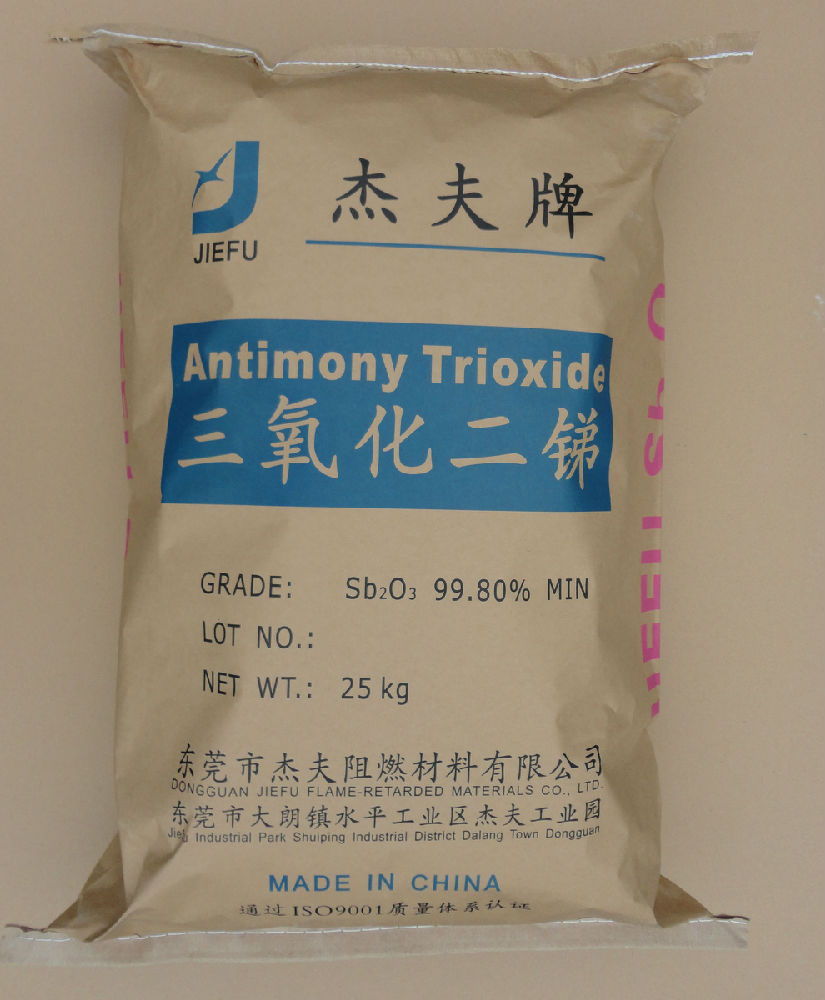Recently, according to the foreign media "Nano-Nanotechnology" magazine, a material from the Georgia Institute of Technology, the Federal Institute of Technology Zurich and the Oak Ridge National Laboratory has discovered a material-antimony crystals, which can enable lithium-ion batteries without sacrificing battery life In the case of more energy. It will spontaneously and reversibly hollow during the charge and discharge cycle. This highly anticipated feature can promote greater energy density without compromising safety.

According to reports, lithium-ion batteries generate electricity by transferring ions back and forth between two electrodes (a negatively charged cathode and a positively charged anode). However, in the current state, they have reached the limit, that is, efforts to increase the flow of lithium ions are hindered by the aging of the anode material, the anode material will expand and contract during charging and discharging, resulting in greater pressure, thereby reducing the battery's life.
Now scientists see a solution in tiny particles whose diameter is one thousandth of the diameter of human hair. Because the voids in the nano-material antimony crystal can adapt to the volume change of the battery during charging and discharging, and provide a stable outer surface, thereby improving the cycle capacity.
"It has been intentionally engineering hollow nanomaterials for some time. This is a promising method to improve the life and stability of high energy density batteries," said Matthew McDowell, a researcher at the Georgia Institute of Technology. "The problem It has always been that directly synthesizing these hollow nanostructures at the large scale required for commercial applications is challenging and costly. Our findings can provide a simpler, streamlined process that resembles intentionally designed hollow structures Improve performance."
Observing the nanoparticles in the small test cell using a high-resolution electron microscope confirmed this hollow behavior and found that they only appear in particles with a diameter of less than about 30 nanometers. It works by using an elastic oxide layer to expand the material as ions flow into the anode, but creates voids when the ions are removed, rather than causing the typical shrinkage behavior.
"When we first observed the unique hollow behavior, it was very exciting. We now know that this may have an important impact on battery performance." McDowell lamented.
Although these hollow nanoparticles are an exciting discovery, there are still some challenges for the team in the future. Because antimony itself is expensive, it has not yet been used to produce battery electrodes.
However, scientists suspect that tin or other cheaper materials may also exhibit the same hollow structure, and hope to explore these possibilities and conduct research on larger batteries in an effort to achieve commercial applications.

"It's very interesting to test other materials to see if they will be converted according to a similar hollow mechanism." McDowell pointed out, "This can expand the range of materials that can be used for batteries. The small test batteries we manufacture show that there are The desired charge-discharge performance, so we hope to evaluate it in a larger battery material."
東莞杰夫 三氧化二銻